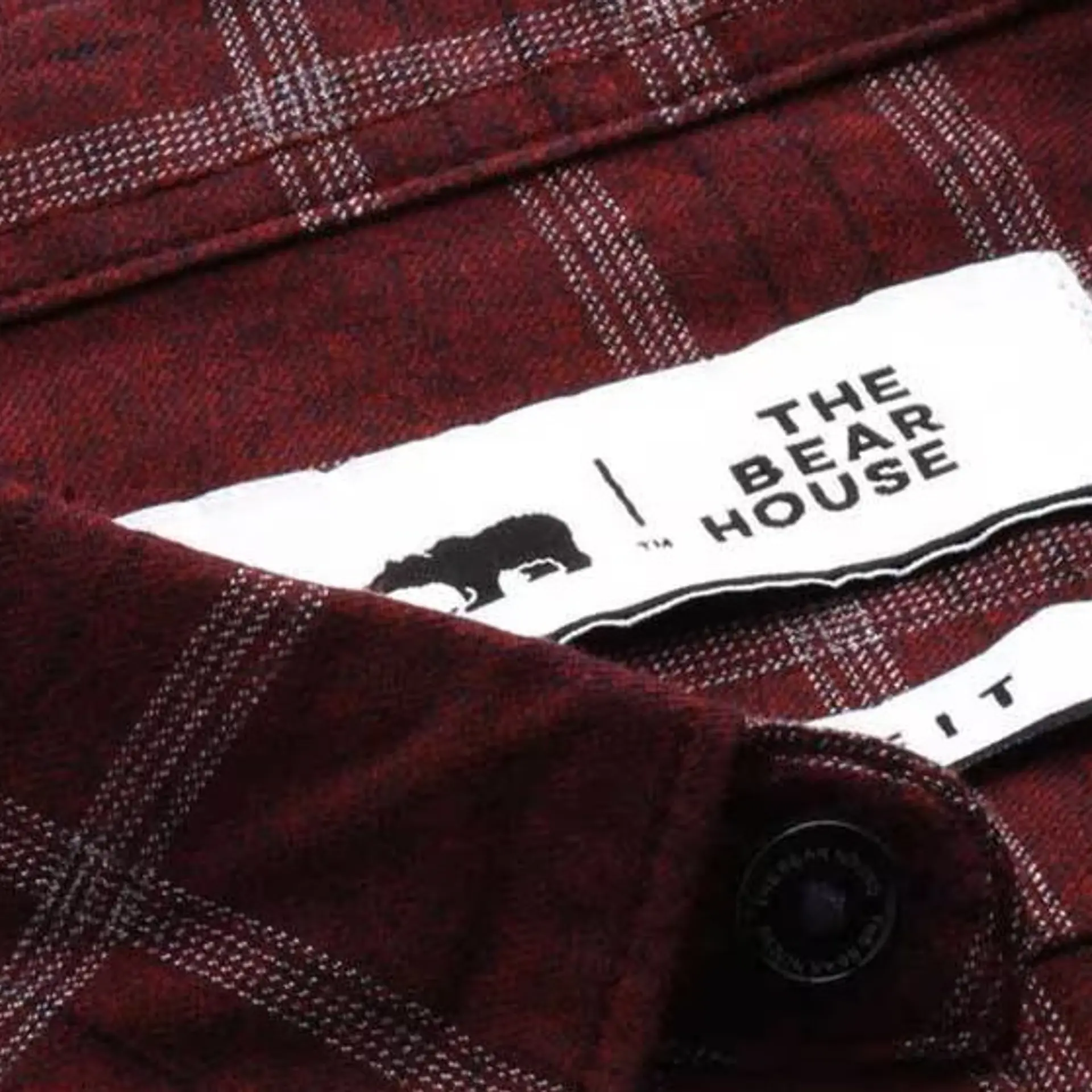Samsung Galaxy S20 Ultra: An excessive and expensive Galaxy S20 Plus
Priced at Rs 97,900, Samsung Galaxy S20 Ultra bigger, bulkier and comes with the much better camera setup than the Galaxy S20 Plus.
Excessive. That’s the word that came to my mind when I unboxed the Galaxy S20 Ultra, the new behemoth of a flagship smartphone from Samsung.
It was only a few years ago when Google released the Nexus 7. It was a quaint little tablet with a 7.0″ LED-backlit IPS LCD display. In about seven years we’ve gone from 7” devices being tablets to phablets (a smartphone the size of a tablet), and nowadays it’s just a smartphone. Large phones are commonplace, mainly thanks to the Galaxy Note series from Samsung.

Photo Courtesy: Samsung
However, excessive isn’t a bad thing by any means. I’ve been using the S20 Ultra for about three weeks now and here’s what I think of the flagship smartphone from Samsung:
Design & Display: Classic Samsung
Every year Samsung changes its design language for its flagship S-series and Note-series smartphones. This year, Samsung decided to release three smartphones against its usual two, for its spring refresh of the Galaxy S-series – Galaxy S20, Galaxy S20 Plus, and Galaxy S20 Ultra. The three smartphones look almost identical – bezel-less curved edges with hole-punch cameras – apart from their size and rear-camera bulge.
The Cosmic Gray model has a boring outlook, but is quintessential Samsung. The S20 Ultra has a massive rectangular camera cutout with enough space to have ‘100x Space Zoom’ written on it. There’s also a fingerprint magnet.
The glass back is slippery, especially when cold, and it’s so large that I can’t imagine anyone using it without a case.

Samsung’s prowess lies in its smartphone displays – a sharp display with vibrant and punchy colours – and the S20 Ultra is the pinnacle. The 6.9-inch” Dynamic AMOLED 2X Infinity-0” display comes with a 3200x1440 Quad HD+ resolution in a 20:9 aspect ratio and a whopping 511ppi pixel density. Topping it all, the S20 Ultra comes with a smooth 120Hz refresh rate.
It may not be the first smartphone to have the 120Hz refresh rate but its implementation is wonderful. High refresh rates help with the animations, and scrolling is smoother. It also gives the user better gaming experience. Just one caveat: If you want to switch to 120Hz, then you’ll have to dial down the resolution to 2400x1080p, but the difference in sharpness isn’t that noticeable. Once you turn on 120Hz refresh rate you’ll never look back.
The S20 Ultra weighs 222g – heavier than the S20 Plus. It does feel hefty in the hand when using for long period’s but it isn’t bulky. It does weigh you down occasionally though.
Performance and battery life
The S20 Ultra uses Samsung’s latest Exynos 990 processor. While it isn’t as good as Qualcomm’s Snapdragon 965 (used in S20 Ultra units in the US and South Korea), it still performs with aplomb. In India, it is paired with 12GB of RAM.
The all-round performance was snappy, smooth and very responsive. Even when pushed to the limits, the S20 Ultra didn’t flinch. With a 5,000mAh battery (bigger than the one in the iPhone 11 Pro Max and OnePlus 7T Pro), I had zero issues despite an excessive usage of camera, YouTube and gaming. The S20 Ultra will get you through heavy usage without reaching for that charger. I routinely got over 5 hours of SoT, sometimes even above six, and never had any anxiety over the smartphone dying out.

S20 Ultra vs S20 Plus
The only time I felt the smartphone getting a little too warm was when I was video calling for over 45 minutes, playing games for lengthy durations, or while it was charging.
Fully charging a discharged S20 Ultra took about 70 minutes with the included power adapter. With regular 30-42W USB-C chargers, it takes over two hours. A faster 15W wireless charger and 7W wireless power-sharing are also available with the S20 Ultra. It’s great for your truly wireless earphones that need a quick charge now and then.
Software: Great for productivity
Samsung’s One UI 2.0, which powers the Galaxy S-series line, has been getting universal praise. It’s one of the best implementations of Android (barring OnePlus’ Oxygen OS) and is especially kind to big-screen smartphones. The top of the phone has the ‘information’ section while the bottom is for ‘interactions’.
Furthermore, you can enable split-screen multitasking, floating apps, duplicate apps, and it even allows you to switch to Android 10’s new gesture navigation system that is very intuitive.
Samsung used to have a bloated TouchWiz Android fork that was very annoying to use. One UI 2.0 has put Samsung back at the top of the competition with a speedy and easy-to-use Android skin.

S20 Ultra vs S20 Plus
Fingerprint reader
The in-screen fingerprint reader is the same that was shipped with the Galaxy S10; Qualcomm’s first-generation Ultrasonic Fingerprint reader. One would have thought that a whole year later Samsung would have given us something better but with the S20 Ultra, there’s absolutely no improvement – not even a bigger reader. It’s just as bad as it was on the Galaxy S10. I much prefer using the ‘face unlock’ feature even though that is much less secure.
Camera: Is the ‘100x Space Zoom’ worth it?
The simple answer is no. 100x Space Zoom is only worth it if you have a tripod, lots of time and some ‘text’ that you want to read from a distance.
Let me reprise you of the quad-camera setup – there’s the primary 108-megapixel camera that shoots 12-megapixel binned images. Next up is a 48-megapixel telephoto lens that comes with 4x optical zoom (again, 12-megapixel binned images), and a 12-megapixel ultra-wide camera. Finally, the fourth camera is a Time of Flight 3D sensor for depth.

Live focus
There’s the front-camera that is poking through a hole as well. It’s a 40-megapixel camera for selfies.
Samsung’s camera system has been fascinating as of late. After lagging behind competitors – Huawei, Google and Apple in particular – it’s now on par, if not better. The camera app has also improved, makes it easier to get to the various zoom modes (‘100x space zoom’ in particular). The zoom on the S20 Ultra rivals only Huawei’s flagship smartphones. The cameras, in the right light settings, can produce some brilliant photos.

30x zoom
The 108-megapixel camera takes in a lot of detail and produces stunning 12-megapixel binned images having a good amount of detail and low noise. The full 108-megapixel shots are only worth it when you want a closeup without having to use a zoom.
The images on 4x and 10x are pretty good – though with some visible noise – and it’s only when you get to 30x that you notice you’re pushing the boundaries. 30x images are still good and very much usable. The 100x zoom images aren’t worth it at all, except in the one scenario that I mentioned above. To aid the photographer in all of us, Samsung has a picture-in-picture box that pops up over 20x magnification to help locate what it is that you’re shooting.

Night mode
The ultra-wide camera also provides for excellent shots of the cityscape. Samsung has also vastly improved night-time photos with the dedicated night mode, though it’s still a bit behind Google Pixel’s Night Sight.
The ‘Live Focus’ portrait mode has also gotten better. I found out that I wasn’t using it as much because using the wide-angle was enough to get natural bokeh.

Night mode
Finally, the 40-megapixel selfie camera’s 10-megapixel shots are some of the best I’ve seen on any front-facing camera in the market.
Verdict: Is the Galaxy S20 Ultra the one for you?
Yes, the Galaxy S20 Ultra is excessive and souped-up in every which way. It’s bigger, bulkier and comes with the much better camera setup.
It just simply weighs you down. It’s not a smartphone you’d be comfortable carrying around without a case. It’s also ‘boring’, especially when sitting next to the Galaxy Z Flip, which is not that much more expensive.
It’s priced at Rs 97,900 (the price increased earlier this month thanks to the increased GST rate) as compared to Galaxy S20 Plus’ price of Rs 77,900. That’s a hefty Rs 20,000 price difference. You’ve got to ask yourself if that is worth it.
The S20 Ultra is by far one of the fastest smartphones on the planet and it has the best-in-class display. I just wish I got all these ridiculous bleeding-edge specs in a smaller package, and not to mention, cheaper.
Edited by Kanishk Singh












